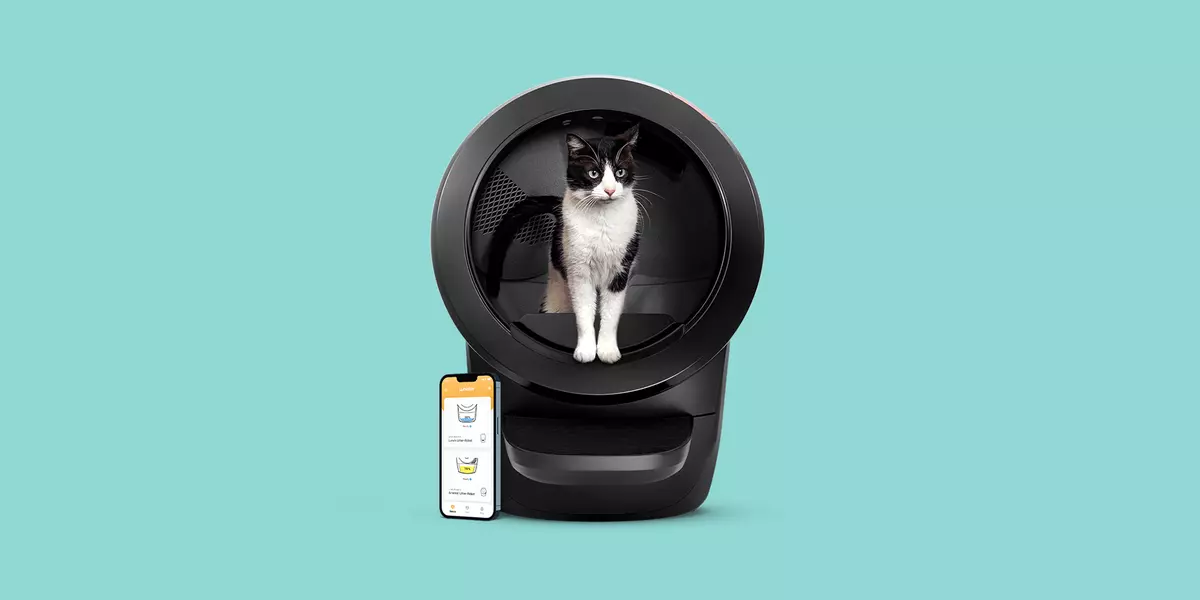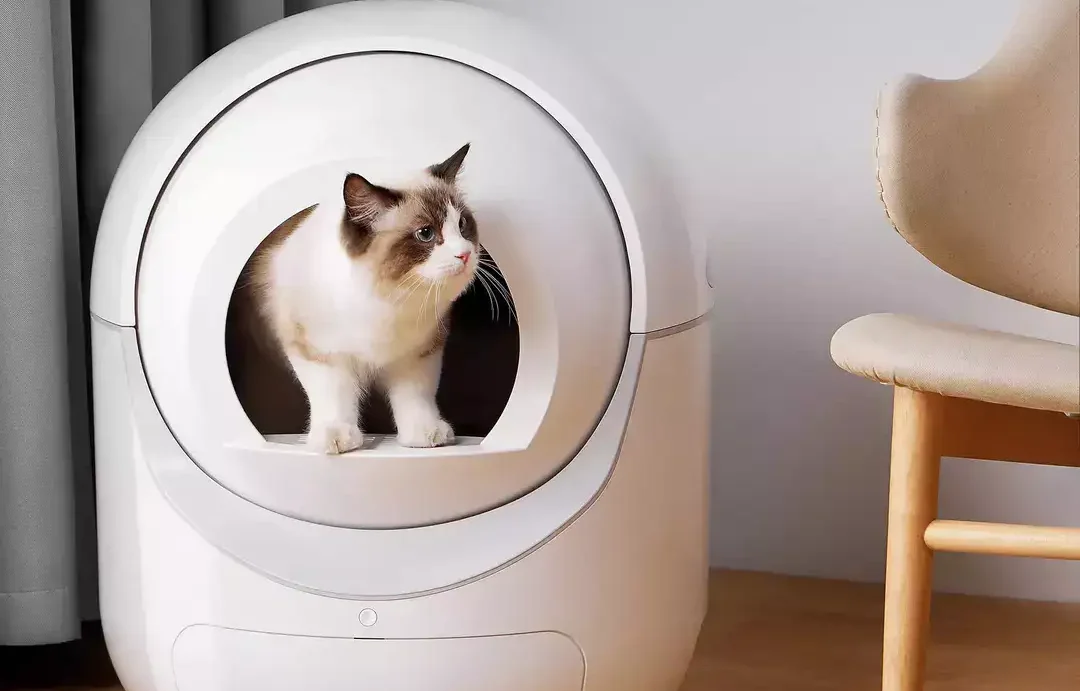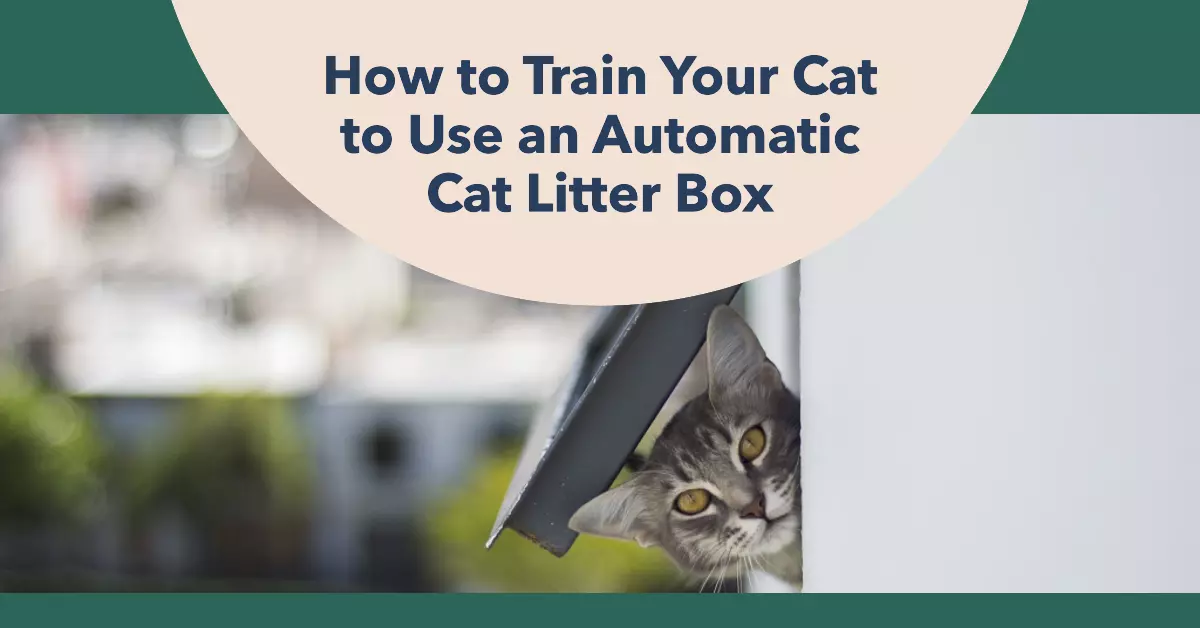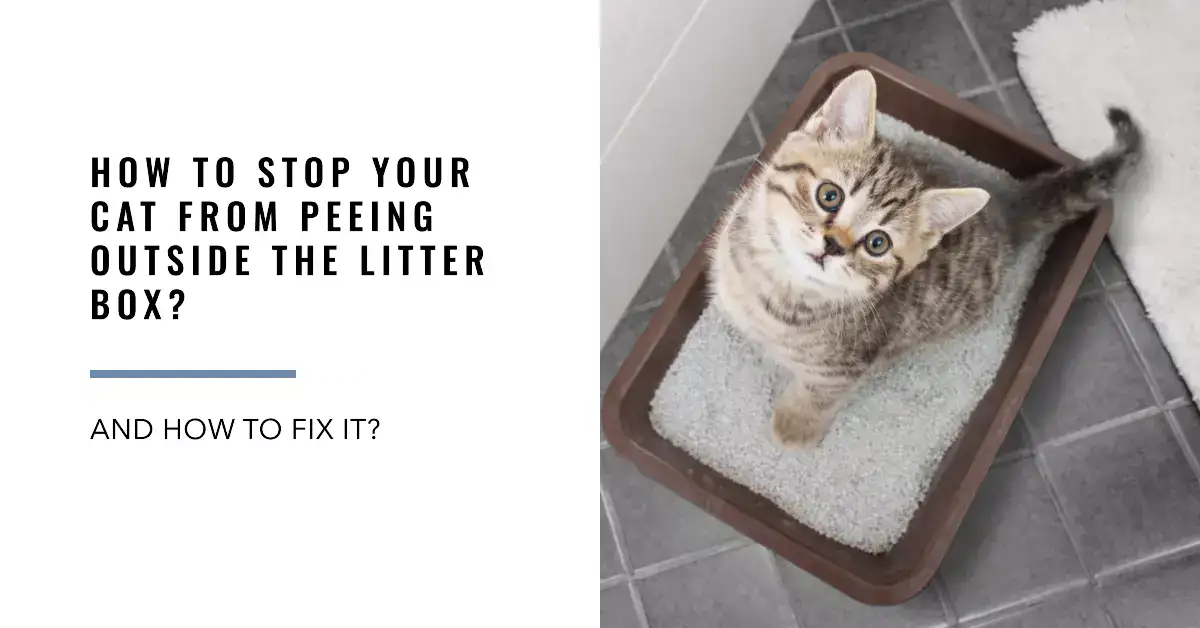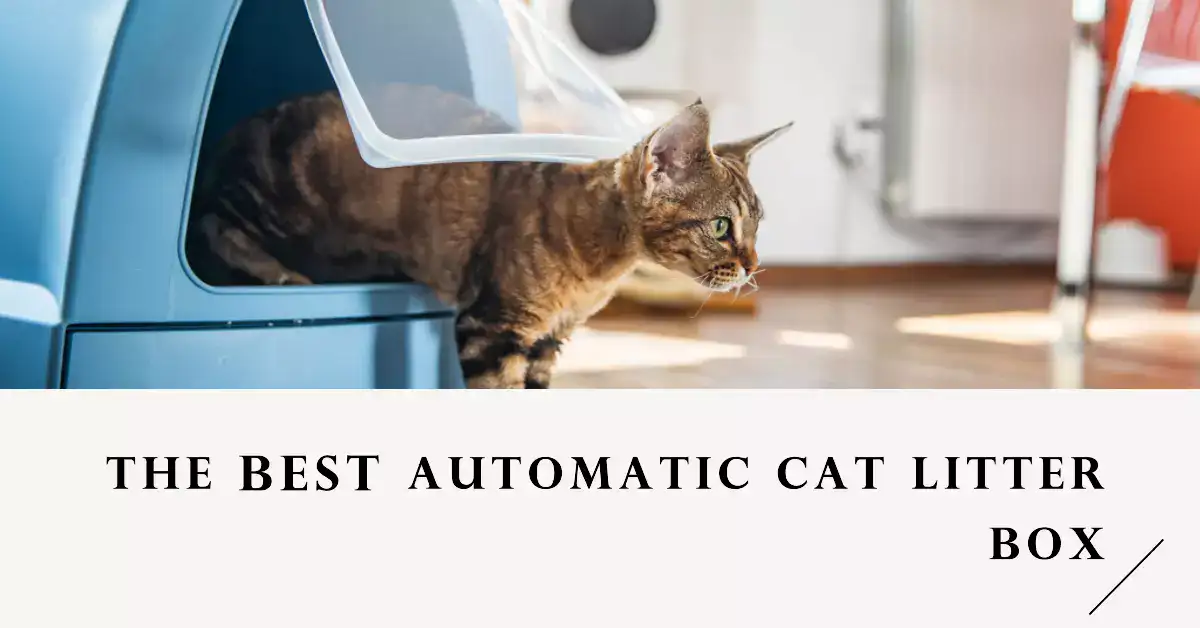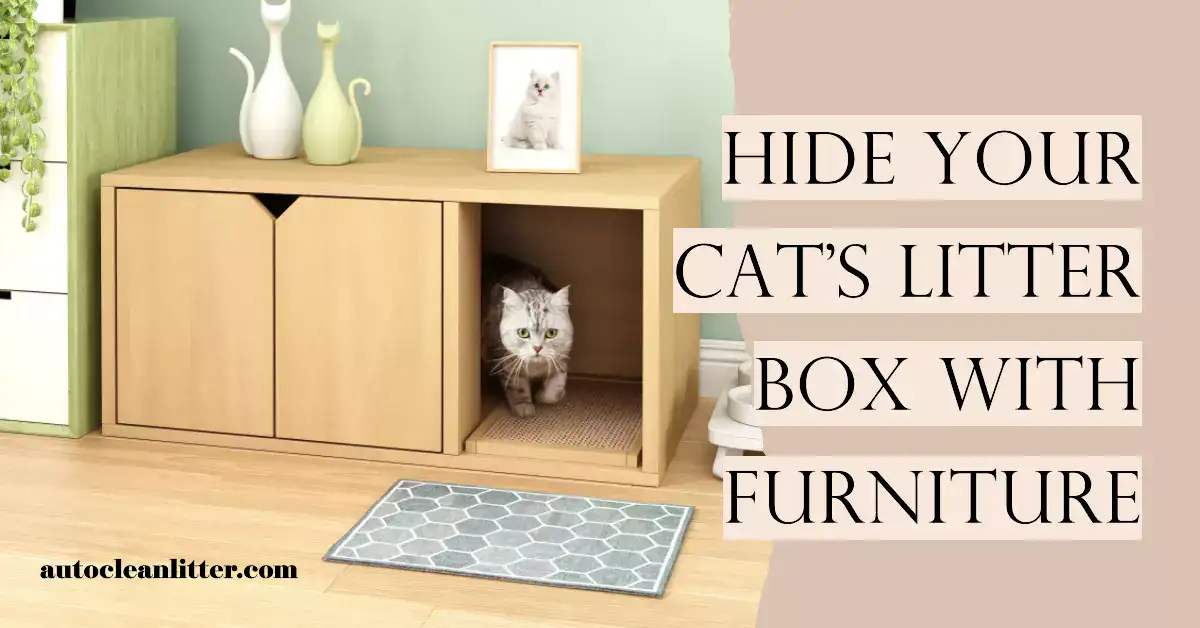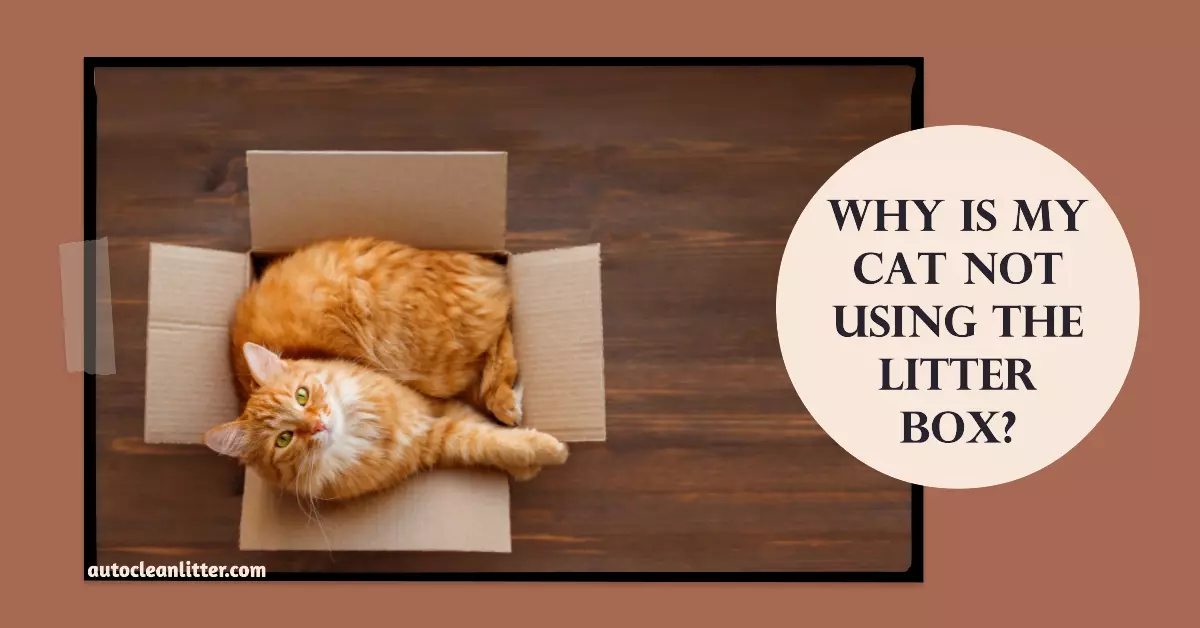Cats—the enigmatic creatures that have captured our hearts and homes—can sometimes display behavior that leaves us puzzled, like when they bite their owners. Understanding why cats bite is key to fostering a peaceful relationship with your feline friend. Whether it’s a gentle nibble or a hard bite, different underlying reasons may explain these actions.
Why Do Cats Bite Their Owners?

The reasons why cats might bite their owners are varied and complex. Often, it’s not about aggression or malice; instead, cats may bite as a form of communication or expression. From seeking attention to dealing with overstimulation, there’s a myriad of explanations for this behavior. By exploring each cause, owners can address these behaviors effectively.
For more about displaying affection or understanding altered behavior in cats, consider learning the science behind their sleeping habits.
Common Misconceptions About Cat Biting

One prevalent misconception about cat biting is that it is purely aggressive. However, many bites come from playfulness or affection. These gentle nibbles, sometimes referred to as “love bites,” are typically not harmful. When engaged in play, cats might also bite due to excitement, similar to how they would interact with their littermates.
Overstimulation during petting sessions is another common reason for biting. Cats may enjoy petting up to a point, but when they reach their threshold, they can react swiftly with a nip. Recognizing cues such as twitching tails or flattened ears can help prevent these bites.
The Difference Between Gentle and Hard Bites

Understanding the difference between gentle and hard bites can illuminate your cat’s emotional state. Gentle bites are often a form of social interaction or affection, whereas hard bites can indicate fear, stress, or pain. For instance, if a cat bites softly during play, they’re likely engaging in typical feline behavior. On the contrary, a hard bite might suggest the cat is startled, hurt, or reacting defensively.
It is crucial to discern these nuances to correctly interpret your pet’s intentions and address any underlying issues. Evaluating the circumstances surrounding the biting can provide further insight into their genuine needs or discomfort.
Being aware of these biting patterns not only enriches the bond you share with your feline companion but also helps in providing appropriate care. By recognizing the signs, you can address their needs effectively, ensuring a loving and stress-free environment. For more on understanding your cat’s behavior, explore what cats can safely eat. Additionally, transitioning an outdoor cat to indoor life can alter common behavioral patterns, including biting.
Reasons Why Cats Bite

Cats are cute and cuddly, but they can suddenly surprise you with a nip or a bite. Understanding why cats do this is essential for both your safety and your feline friend’s well-being. Cats bite for several reasons, ranging from attention-seeking to redirected aggression.
Attention-Seeking Behavior
Some cats have learned to bite as a way of getting noticed. When meowing or purring doesn’t get the desired reaction from their human companions, a gentle nip may do the trick. This behavior could be an attempt to get you to play, feed, or simply pay more attention to them. It’s comparable to when a child might tug at a parent’s sleeve to get a response. Understanding Your Cat’s Calls for Attention can help decipher their needs better.
Overstimulation and Petting-Induced Aggression

Overstimulation happens when a cat experiences too much gentle physical touch, leading them to respond with a bite. This can occur during a petting session when their sensory threshold is crossed, particularly if you’re stroking sensitive areas like their tails or belly.
Signs Your Cat Is Overstimulated
Watch for these signs: a twitching tail, flattened ears, sudden stillness, or a change in purring. Any one of these could indicate that your cat is nearing their tolerance limit.
How to Avoid Overstimulation Bites
To avoid these bites, pet your cat for shorter periods and be attentive to their body language. If you notice any signs of overstimulation, stop petting immediately. Encourage positive petting practices for a peaceful interaction.
Playfulness and Love Bites

Cats are natural predators, and their playful nature often mimics hunting activities. Play biting is a critical part of their developmental process.
Understanding Playful Biting in Cats
Playful biting typically occurs when cats are actively engaging in play. While it may be shocking to see a cat bite during play, it’s often meant to mimic hunting games. If you’ve encouraged playing with hands or feet, your cat might see them as toys.
What Are Love Bites, and Why Do Cats Give Them?
Love bites are gentle nips that cats deliver during interactions as a sign of affection. These nibbles usually don’t hurt and are a form of bonding. It’s comparable to how some cats groom each other to show care and companionship.
Redirected Aggression

Redirected aggression occurs when a cat experiences an external stimulus they cannot directly address. This unprocessed frustration can lead them to bite whoever is nearby, often their unsuspecting human friend.
What Is Redirected Aggression?
Redirected aggression involves an emotional response towards a situation not directly linked to the person bitten. For example, a cat watching another animal from inside a house may become agitated. Since they can’t reach the cause of their distress, they might bite you instead.
Situations That Trigger Redirected Aggression
Common triggers include seeing another cat outside, hearing noises that elevate their alertness, or sudden changes in the household environment. To manage this, consider setting up a safe zone where your cat can retreat and calm down, reducing potential biting incidents.
Situational Biting Explained

Cats often exhibit biting behavior based on specific situations and contexts. Understanding the nuances of these situations can help decode why your feline friend might suddenly become nippy. Various situational triggers can lead to a bite, ranging from overstimulation to territorial instincts. Each scenario sheds light on the complex behavioral patterns of cats.
Why Does My Cat Bite Me When I Pet Her?
Petting-induced biting, often referred to as “petting aggression,” is a common scenario for many cat owners. While you’re stroking your cat, seemingly benign at first, their mood can quickly shift, leading to an unexpected bite. This behavior often stems from overextended petting sessions that cross your cat’s threshold for comfort, leading them to express their need for space in the only way they know how.
Sensitive Areas Cats Dislike Being Touched
Cats, much like humans, have areas they’re more sensitive about and may not appreciate being touched. The belly, for instance, might seem inviting when your cat stretches out, but it is one of the sensitive spots due to the proximity of vital organs. Similarly, touching their tail or paws might prompt a defensive bite as a mechanism to maintain control and comfort.
How to Pet Your Cat Safely
Understanding how to pet your cat respectfully is crucial in preventing biting. Focus on safe zones such as the back of the head, cheeks, and chin. Watch for signs indicating they’re reaching their overstimulation threshold, like twitching tails or flattened ears. Utilizing suitable petting techniques fosters trust and strengthens your bond with your cat while minimizing the likelihood of bites.
Why Does My Cat Bite Me When I Walk By?
If you’ve walked past a lounging cat only to be greeted by an unexpected nip, you’ve encountered a common display of territorial behaviors. Cats are naturally territorial animals, and sudden movements within their domain can provoke a rapid defensive instinct. This ambush-style biting is especially prevalent in homes with multiple cats or external stressors.
Territorial Instincts in Cats
The feline’s territorial nature can influence biting patterns significantly. These instincts stem from a cat’s need to establish and maintain dominion over their environment. Changes like new furniture or unfamiliar visitors can intensify territorial behaviors, leading to occurrences of “drive-by” bites as a method of asserting control.
Addressing Ambush Biting Behavior
Tackling ambush biting involves recognizing and mitigating environmental stressors. Providing enough resources such as hiding spots or vertical spaces can help. Redirecting a biting attempt by employing toys or interactive play can also serve as a valuable strategy. If the behavior persists, consulting with a pet behaviorist might offer more tailored solutions.
What Does It Mean When a Cat Bites You Hard?
Hard bites from a cat can be alarming and signify deeper issues at play. Unlike playful or love bites, a hard bite showcases genuine distress or discomfort, often pointing towards fear, frustration, or even pain. Understanding the underlying reasons is critical in addressing this concerning behavior.
Fear and Frustration as Triggers
A cat’s fear can escalate into a hard bite as they perceive a direct threat. Recognizing signs of fear, such as dilated pupils or hissing, is essential in preventing bites. Frustration, born from unmet needs or failed communication, may also lead to harder bites. Identifying and alleviating these causes can restore harmony between you and your pet.
Illness or Pain-Related Biting
Sudden changes in your cat’s behavior, including unexpected hard bites, might indicate underlying health issues. Pain or illnesses, possibly stemming from dental disease or arthritis, can trigger aggression. If your cat displays unusual biting behavior, a visit to the vet is crucial. To understand the risks associated with illnesses in cats, consult a veterinarian to rule out medical issues.
Solutions and Prevention

Understanding why your cat might bite is crucial for tackling the behavior. Awareness coupled with effective strategies can transform biting episodes into harmonious interactions. By gaining knowledge of prevention methods, you not only improve your feline’s quality of life but also strengthen your bond with them.
How to Stop Your Cat from Biting
Stopping your cat from biting involves consistent training and patience. It’s about creating a nurturing environment where your cat feels secure and respected. Identifying triggers and employing appropriate techniques can significantly reduce biting behavior over time.
Training Techniques to Discourage Biting
Training your cat requires understanding their cues and responding accordingly. Consider introducing clicker training to reinforce positive behavior. Cats respond well to structured training sessions that reward non-biting actions.
Incorporating play aggression solutions can guide you in navigating aggressive behaviors effectively.
Using Positive Reinforcement
Cats thrive on positive reinforcement, and rewarding good behavior can deter biting. Whenever your cat refrains from biting or responds positively to a command, offer a treat or affection. Aim to create positive associations with non-biting behaviors.
Read about natural methods to support your feline’s overall well-being during training.
Understanding Your Cat’s Body Language
Insight into your cat’s body language is pivotal. It enables you to anticipate your cat’s mood and adjust interactions accordingly, preventing unwanted biting behavior.
Recognizing Warning Signs Before a Bite
Observe your cat for signs like flattened ears, thrashing tail, or raised fur. These can indicate overstimulation or distress. Being preemptive helps in averting potential bites.
Building Trust with Your Cat
Building a strong bond with your cat involves consistency. Spend quality time engaging in activities that your cat enjoys. A trusting relationship reduces anxiety that often results in biting. Explore resources like adding new siblings to enrich your cat’s social experience.
When to Seek Professional Help
There are moments when professional help may be necessary. Behavioral issues, especially persistent ones, can be symptoms of deeper health concerns.
Consulting a Veterinarian for Health Concerns
If a cat suddenly starts biting, it might be experiencing pain or discomfort. A visit to the veterinarian can rule out issues like dental pain or arthritis. Regular health checks are recommended to ensure overall well-being, as highlighted in our guide on identifying sick cats.
Working with a Cat Behaviorist
If biting persists despite your best efforts, a cat behaviorist might offer specialized advice. These professionals can analyze your cat’s behavior and provide tailored strategies to curb biting.
For more insights into your feline’s behavior and well-being, consider reading our indoor cat protection guide.
Conclusion
By understanding and addressing why cats bite, owners can foster a harmonious household. Employing the strategies and knowledge discussed can effectively reduce biting incidents, facilitating a loving environment where your feline thrives. Always consider consulting professionals when challenges persist, ensuring your cat receives the best care possible.
















